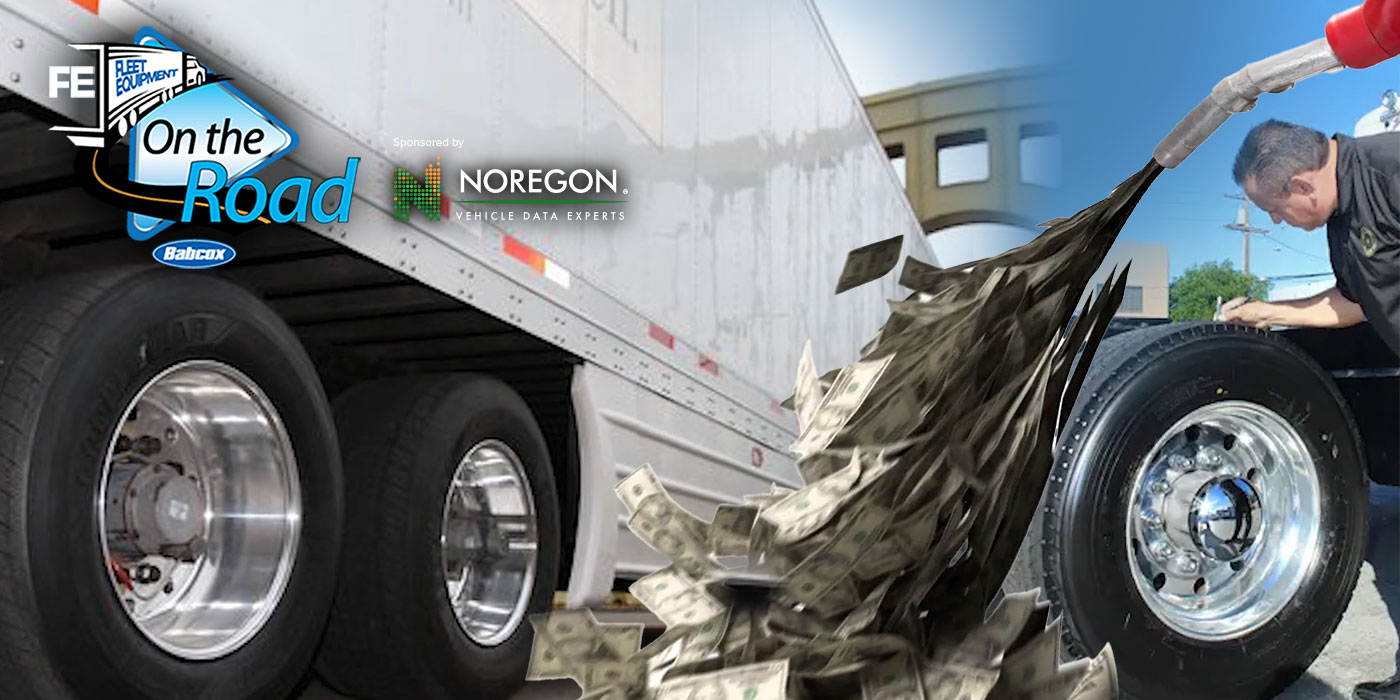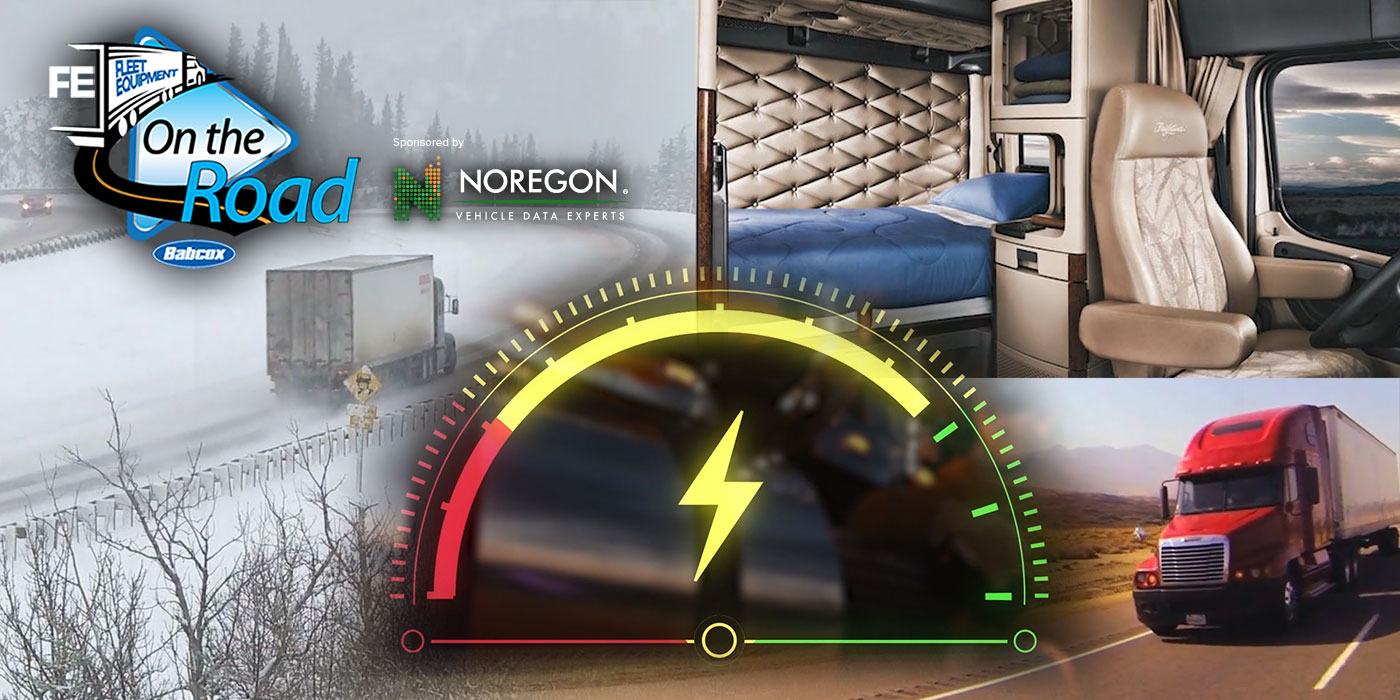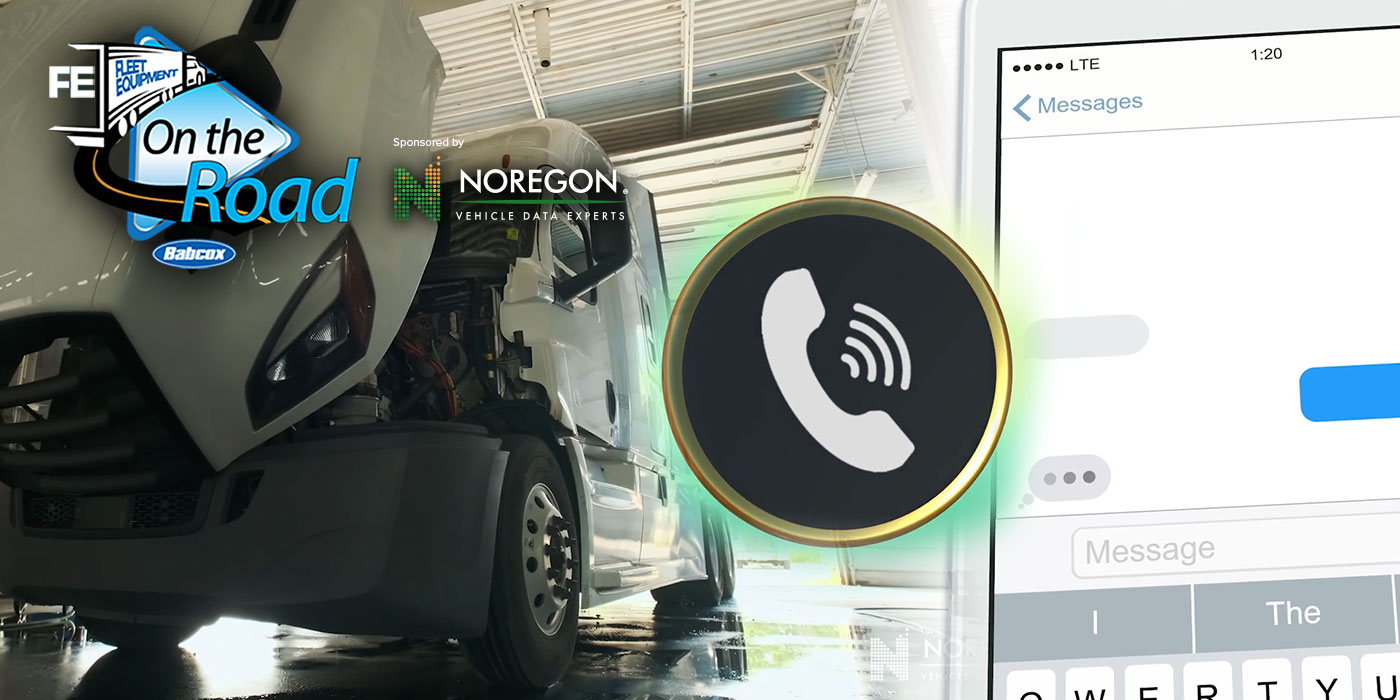Last-mile delivery vehicles – they face some serious security challenges. Not only are they filled with valuable goods, but by their nature, drivers are constantly starting and stopping, often walking considerable distances from the truck or van to make a delivery.
Click here to watch more of FE’s On the Road video series.
Here is a transcript of the video:
Experts at Traveler’s Insurance say that more often than not, when last-mile couriers are targeted, it doesn’t tend to be an organized group. Instead, it tends to be more of a crime of opportunity. However, there are also instances on record where thieves looking to score will scout a certain address or residence to find the right opportunity to strike.
While no one can 100% guarantee theft prevention in the trucking industry, spec’ing the right equipment – lighting included – can mean the difference between a driver moving on with their day and filing a police report.
Now, getting the lighting right doesn’t seem like it should be complicated, but start to consider features like bulb style, beam patterns, color temperature, electrical system strain, regulations and warranties, and you begin to see how the intricacies of each detail can affect important factors like productivity and security.
One strategy that lighting manufacturers are using to increase security is blending their products with existing technologies, like incorporating a camera or motion detection system into a lighting product, for example.
Spec’ing lights that fully illuminate the area and are brighter than regulated can also help. Even though federal regulations have minimum standards for safety lighting, fleets are allowed to use products that go above those minimums, as long as they don’t exceed the maximums.
Most lighting manufacturers will recommend LEDs in most parts of the vehicle for fleets searching for the highest-quality lighting solution. LED lighting uses a fraction of the power needed to run incandescent lights, and can last more than 50 times longer.
This means it’s easy to add plenty of lights without burdening a vehicle’s electrical system and, once installed, LED lights are extremely reliable and won’t burn out after only a few thousand hours. White LED lighting generates a beam quality that approximates the color temperature of natural sunlight, the type of light that best suits human vision. Not only does it help workers to see what they are doing, it also has the added physiological benefit of keeping them more alert.
Nowadays there are even companies researching smart LED headlights, known as µAFS LED headlights.
The primary benefit of using these lights for last-mile fleets is that they can be used to automatically light the side of the road and sidewalks in urban, neighborhood areas, which should reduce surprises at night for delivery drivers.













